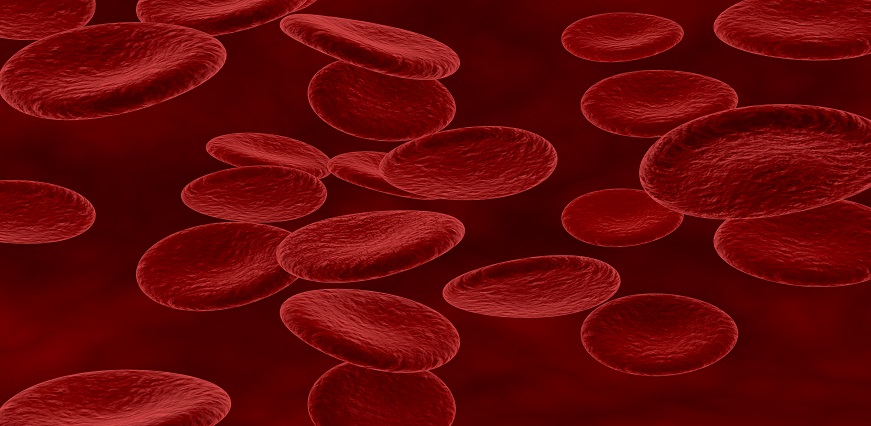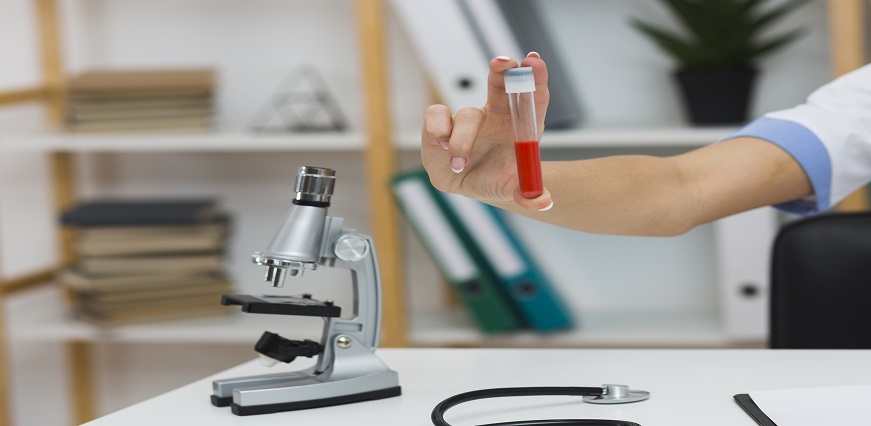Bone marrow transplants, or bone marrow transfusions, are procedures that offer a number of treatments for blood diseases. In this article, learn about the reasons behind bone marrow transplants and bone marrow transfusions. Read on to learn what you should know before you get a transplant.
What is a bone marrow transplant?
A bone marrow transplant is a technique to swap out unhealthy bone marrow for damaged or sick bone marrow. Bone marrow is the soft tissue inside bones that produces blood cells.
A bone marrow transplant may be an option for people with certain types of cancer, such as leukemia, lymphoma, or multiple myeloma. It may also be an option for people with certain inherited blood disorders, such as thalassemia or sickle cell disease.
The bone marrow transplant process begins with a doctor removing healthy bone marrow from a donor. The donor may be a family member or someone who is not related to the person receiving the transplant. The healthy bone marrow is then transplanted into the person receiving the transplant.
After a bone marrow transplant, the person will need to stay in the hospital for several weeks so that doctors can closely monitor their condition and make sure that the transplant is successful. In some cases, people may need to stay in the hospital for months.
Most people who have a successful bone marrow transplant experience complete recovery from their condition and go on to live healthy, normal lives.
How is a bone marrow transplant performed?
A bone marrow transplant (BMT) is a procedure to replace damaged or destroyed bone marrow with healthy bone marrow stem cells. BMT can be used to treat cancer and other blood diseases.
The first step in a BMT is to collect healthy bone marrow from a donor. This can be done through a process called peripheral blood stem cell transplantation (PBSCT) or bone marrow harvest.
PBSCT involves taking blood from the arm of the donor and filtering out the stem cells. The donor may be given a drug called G-CSF (granulocyte colony-stimulating factor) to increase the number of stem cells in their blood.
Once the healthy stem cells have been collected, they are transplanted into the patient through an intravenous infusion. The stem cells travel to the patient's bone marrow and begin to produce new, healthy blood cells.
The entire process usually takes place over the course of 2-4 weeks.
Who are candidates for a bone marrow transplant?
Candidates for a bone marrow transplant are typically patients who have leukemia, lymphoma, or multiple myeloma. The procedure is also sometimes used to treat other blood disorders, such as sickle cell disease, thalassemia, and aplastic anemia. In order to be a candidate for a bone marrow transplant, patients must first undergo a complete medical evaluation to determine if they are healthy enough to withstand the rigors of the transplant process.
What are the risks of a bone marrow transplant?
There are several risks associated with bone marrow transplants, including:
- Graft-versus-host disease (GVHD): GVHD occurs when the donor cells attack the patient's healthy cells. This can happen when the donor's tissue is not a perfect match for the patient.
- Infection: Patients who undergo bone marrow transplants are at risk for infection because their immune systems are weak. They may need to be treated with antibiotics or other medications to prevent or treat infections.
- Bleeding: Bleeding is a common complication of bone marrow transplants. Patients may need blood transfusions or other medical interventions to control bleeding.
- Rejection: The patient's body may reject the donor cells. This can happen if the donor cells are not a good match for the patient or if the patient has a pre-existing condition that makes it difficult for their body to accept new cells.
What are the benefits of a bone marrow transplant?
A bone marrow transplant can save the lives of patients with blood malignancies including lymphoma and leukaemia. The transplant gives them a new, healthy bone marrow that can make normal blood cells.
The success of a bone marrow transplant depends on many factors. The most important factor is finding a donor who closely matches the patient’s own tissue type. This reduces the risk that the patient’s body will reject the transplanted bone marrow.
Other important factors include the patient’s age and overall health, as well as the stage of their cancer.
Bone marrow transplants are very risky procedures, but they offer patients with blood cancers hope for a cure.
What are the Different Types of Bone Marrow Transplants?
There are four main types of bone marrow transplants: autologous, allogeneic, syngeneic, and umbilical cord.
Autologous transplants use the patient's own stem cells, which are typically harvested from the bone marrow or peripheral blood. Allogeneic transplants use stem cells from a donor, who may be related or unrelated to the patient. Stem cells from a twin's identical twin are used in syngeneic transplantation. Umbilical cord transplants use stem cells from a newborn baby's umbilical cord blood.
Bone marrow transplants can be used to treat a variety of blood disorders and cancers, including leukemia, lymphoma, and multiple myeloma. They can also be used to replace damaged bone marrow following treatment for certain diseases or conditions, such as aplastic anemia or radiation therapy.
How do I prepare for a bone marrow transplant?
A bone marrow transplant is a very serious and complex procedure. It is important that you discuss all of your concerns and questions with your doctor or transplant team before the procedure. You should also have a complete physical examination to make sure you are healthy enough to undergo the transplant.
Before the transplant, you will be given a series of tests to determine if you are a match for the donor. If you are not a match, you may still be able to receive a bone marrow transplant using donated marrow from a public registry.
Once it has been determined that you are healthy enough to proceed with the transplant, you will be admitted to the hospital. You will undergo extensive testing and counseling prior to the transplant. The transplant team will review all of the risks and benefits of the procedure with you.
You will need to stay in the hospital for at least 3 weeks after the transplant. During this time, you will be closely monitored by the medical staff. You may experience some side effects from the transplanted marrow, such as fever, nausea, vomiting, diarrhea, mouth sores, hair loss, or fatigue. These side effects are usually temporary and can be managed with medication.
Maxlab offers an exhaustive list of tests for a comprehensive diagnosis of your health. Take a look at Bone Marrow Test for detecting bone marrow transplants and bone marrow transfusions in the body.
Where can I find more information about a bone marrow transplant?
A bone marrow transplant (BMT) is a technique to replace unhealthy bone marrow stem cells with injured or destroyed bone marrow. BMT may be an option for people with certain types of cancer, leukemia, or other blood disorders.
If you or someone you know has been diagnosed with a condition that may require a BMT, it's important to learn as much as possible about the procedure. This section provides links to some reliable sources of information about BMT.
The first step is to talk with your doctor or the team of specialists treating your condition. They can answer your specific questions and help you understand the risks and benefits of BMT.
It's also important to talk with your family and friends about your decision to have a BMT. They can offer support and practical help during and after the transplant process.
Once you've decided to move forward with a BMT, there are several things you'll need to do in preparation for the procedure. Your transplant team will provide guidance on what steps to take. These may include:
- Arranging for financial assistance, if needed
- Finding a donor who is compatible with your tissue type
- Undergoing medical tests and procedures to prepare for the transplant
- Learning how to take care of yourself during and after the transplant process
After the transplant, it's important to monitor your health closely and follow up with your doctor regularly. You may also need ongoing care from a team of specialists.













 7982100200
7982100200

























 To reach our help desk call 9213188888
To reach our help desk call 9213188888.png)
Comments